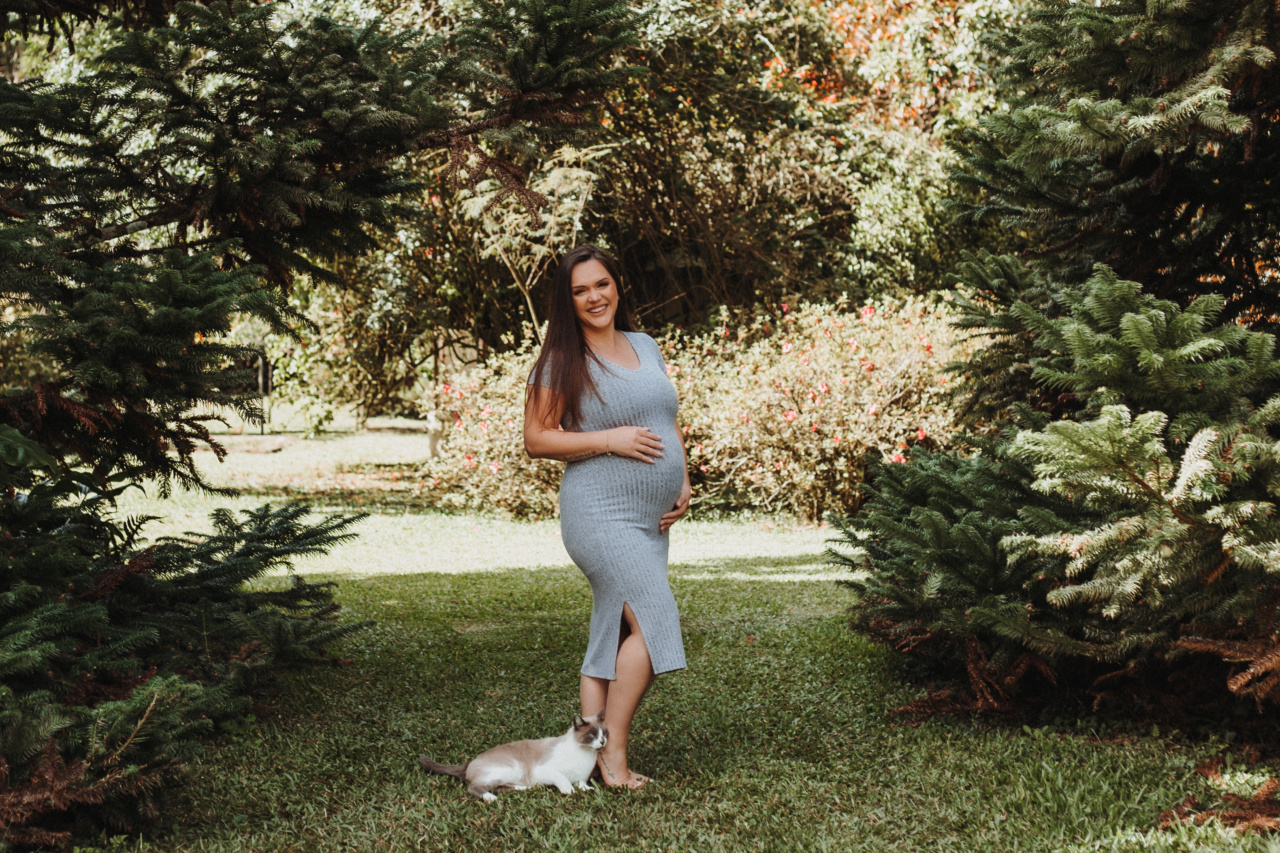Pregnancy is an exciting and transformative time in a woman’s life, but it can also bring about several changes in the body. One common occurrence during pregnancy is the development of varicose veins.
These enlarged, twisted veins can be unsightly and uncomfortable, leading many expectant mothers to wonder if treatment is necessary. In this article, we will explore the causes and symptoms of varicose veins during pregnancy and discuss the available treatment options. Read on to learn more about managing varicose veins and ensuring a healthy pregnancy.
Understanding Varicose Veins
Varicose veins are enlarged blood vessels that appear swollen, twisted, and often blue or purple in color. They most commonly occur in the legs and feet and can cause pain, discomfort, and aching sensations.
During pregnancy, varicose veins are a result of increased blood volume and the pressure exerted on the veins by the growing uterus.
Causes of Varicose Veins During Pregnancy
Several factors contribute to the development of varicose veins during pregnancy:.
- Hormonal Changes: The surge in hormone levels during pregnancy can weaken the walls of the blood vessels, making them more susceptible to pooling blood and eventual swelling.
- Increase in Blood Volume: As your body prepares to nourish both you and your growing baby, blood volume can increase significantly. This puts added pressure on the veins.
- Uterine Pressure: A growing uterus places pressure on the inferior vena cava, the large vein that carries blood from the legs and feet back to the heart. This additional pressure can cause blood to pool in the veins, leading to varicose veins.
- Genetic Predisposition: If you have a family history of varicose veins, your risk of developing them during pregnancy is higher.
Symptoms of Varicose Veins During Pregnancy
Varicose veins can cause a range of uncomfortable symptoms, including:.
- Pain or Aching: Many women experience pain or aching in the legs, especially during prolonged periods of standing or sitting.
- Swelling: Varicose veins often cause swelling in the legs and feet due to poor circulation.
- Visible Veins: The twisted, bulging veins are often visible under the skin, particularly on the calves and thighs.
- Itching and Discomfort: Some women report itching or a “heavy” feeling in the affected areas.
Treatment Options for Varicose Veins During Pregnancy
While varicose veins during pregnancy can be uncomfortable, most do not require immediate medical intervention. In many cases, symptoms improve on their own after delivery, as the body returns to its pre-pregnancy state.
However, there are steps you can take to alleviate discomfort and promote healthy blood flow:.
- Exercise: Regular physical activity, such as walking or swimming, can help improve circulation and relieve symptoms.
- Elevate Your Legs: Prop your legs up on a pillow or ottoman to reduce swelling and alleviate pressure on the veins.
- Wear Compression Stockings: Compression stockings can help support the veins and improve blood flow. They are available in various pressures and styles.
- Avoid Prolonged Sitting or Standing: Try to change positions frequently and take breaks to avoid added strain on the veins.
- Watch Your Weight: Maintaining a healthy weight throughout pregnancy can minimize the strain on your veins and reduce the risk of developing or worsening varicose veins.
When to Seek Medical Treatment
In most cases, varicose veins during pregnancy are a temporary condition that resolves on its own after childbirth.
However, if you experience severe pain, skin discoloration, or open sores near the varicose veins, it is important to consult with your healthcare provider. These symptoms could indicate a more serious condition that requires immediate attention. Your doctor may recommend treatments such as:.
- Sclerotherapy: This procedure involves injecting a solution into the veins, causing them to collapse and fade over time.
- Endovenous Laser Treatment (EVLT): EVLT uses laser energy to seal off the affected veins, redirecting blood flow to healthier veins.
- Vein Stripping: In severe cases, the affected veins may be surgically removed through a procedure called vein stripping.
Preventing Varicose Veins During Pregnancy
While it may not be possible to completely prevent varicose veins during pregnancy, several measures can help reduce the risk and alleviate symptoms:.
- Stay Active: Regular exercise promotes circulation, strengthens the muscles that support your veins, and helps in maintaining a healthy weight.
- Avoid Crossing Your Legs: Sitting with crossed legs can restrict blood flow, increasing the chances of developing varicose veins.
- Prop Up Your Legs: Elevating your legs whenever possible, especially during breaks, can help prevent blood from pooling in your veins.
- Wear Comfortable Shoes: Opt for shoes with low heels and good arch support to promote proper blood circulation.
- Manage Weight Gain: Keep an eye on your weight and aim for healthy weight gain during pregnancy to alleviate pressure on your veins.
The Importance of Self-Care
Pregnancy is a time of immense change, both physically and emotionally. It’s important to prioritize self-care and take steps to manage discomfort when necessary.
While varicose veins during pregnancy may not always require medical treatment, adopting healthy habits and seeking medical advice when symptoms worsen can ensure a smoother and more enjoyable experience.




























